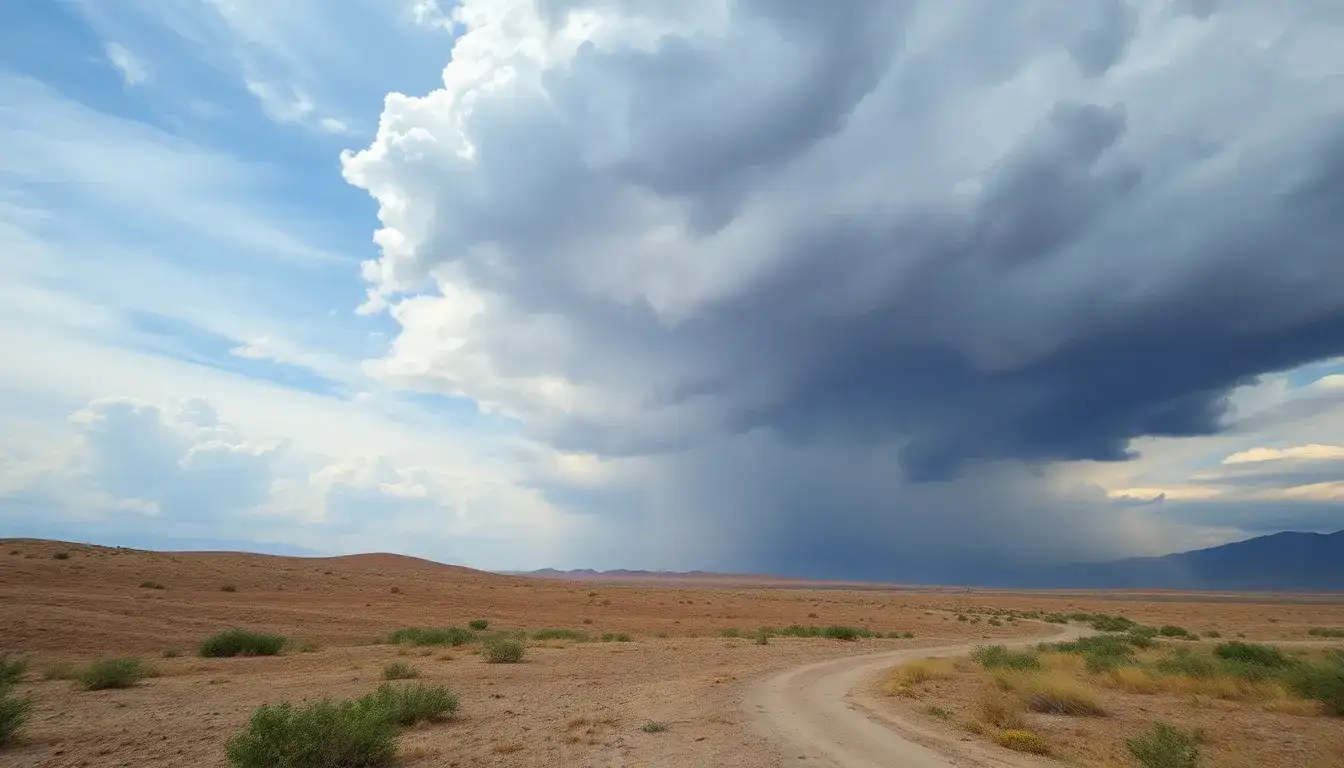
The global energy landscape is undergoing a significant transformation as nations and industries increasingly shift towards sustainable and renewable energy sources. This transition is driven by a combination of technological advancements, environmental concerns, and economic factors.
As part of this transition, renewable energy sources such as solar, wind, and hydropower are becoming more prevalent. According to recent data, the share of renewables in the global energy mix has risen sharply, accounting for nearly 29% of total electricity generation in 2022. This shift is expected to continue, with projections indicating that renewables could provide more than 50% of global electricity by 2030.
Furthermore, the adoption of electric vehicles (EVs) is also on the rise, with sales increasing by 40% year-over-year. This growth is supported by government incentives, advancements in battery technology, and a growing network of charging infrastructure. As a result, the number of EVs on the road is expected to reach 145 million by 2030, significantly reducing reliance on fossil fuels.
In addition to these developments, energy efficiency measures are gaining traction. Businesses and households are increasingly investing in energy-saving technologies, which not only help reduce emissions but also lower energy costs. It is estimated that improving energy efficiency could lead to a 20% reduction in global energy consumption by 2040.
As we move forward, the integration of renewable energy sources, the proliferation of electric vehicles, and enhanced energy efficiency will play crucial roles in shaping a sustainable energy future. Together, these elements will contribute to a cleaner environment and a more resilient energy system.







